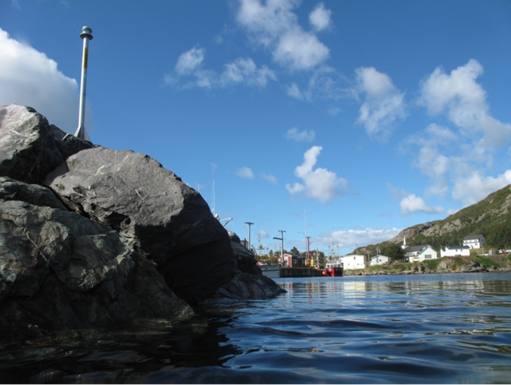Potential Impacts of Floating Breakwater Designs on Underlying Seabeds: Maximizing Effectiveness of Engineering Solutions and Minimizing Environmental Damage Associated with Climate Change
Description

Rising water levels brought about by climate change will make it more difficult and expensive to build and maintain fixed structures designed to protect harbours and fishing vessels from destructive storm surges. As climate change causes northern areas to become ice free all year, the use of floating, semi permanent breakwaters will become a viable and cost-effective alternative. This project aimed to test possible designs, using computer simulation and scale model construction, and to investigate the potential impacts that floating breakwaters may have on seabed habitats.
Results: Researchers identified a list of possible floating breakwater designs from similar projects in other countries, as well as designs based on floating finger piers. The designs were analysed using computer simulations, and the top three were chosen based on suitability and cost. Scale models of the three chosen designs were constructed and tested in a wave tank using simulated sea states. The results of these tests identified the "inverted V pontoon" style as the preferred design based on cost and logistical suitability.
When researchers reviewed the potential impacts of floating breakwaters on seabed habitats and the marine species that live there, they found that little is known about the effects of such structures. For example, physical disturbances, for the most part, have not been investigated and they could find no studies on possible disturbances caused by wave displacement toward the seabed. However, the ecological effects of such structures that are known have been linked to decreased sunlight in shaded areas of the seabed under breakwaters.
The results of this project are described in three DFO internal reports; scientific publications of this research are planned within the next three years.
Program Name
Aquatic Climate Change Adaptation Services Program (ACCASP)
Ecoregion(s)
Atlantic: Newfoundland, Labrador Shelves
Principal Investigator(s)
Robert S. Gregory
Fisheries and Oceans Canada
- Date modified: